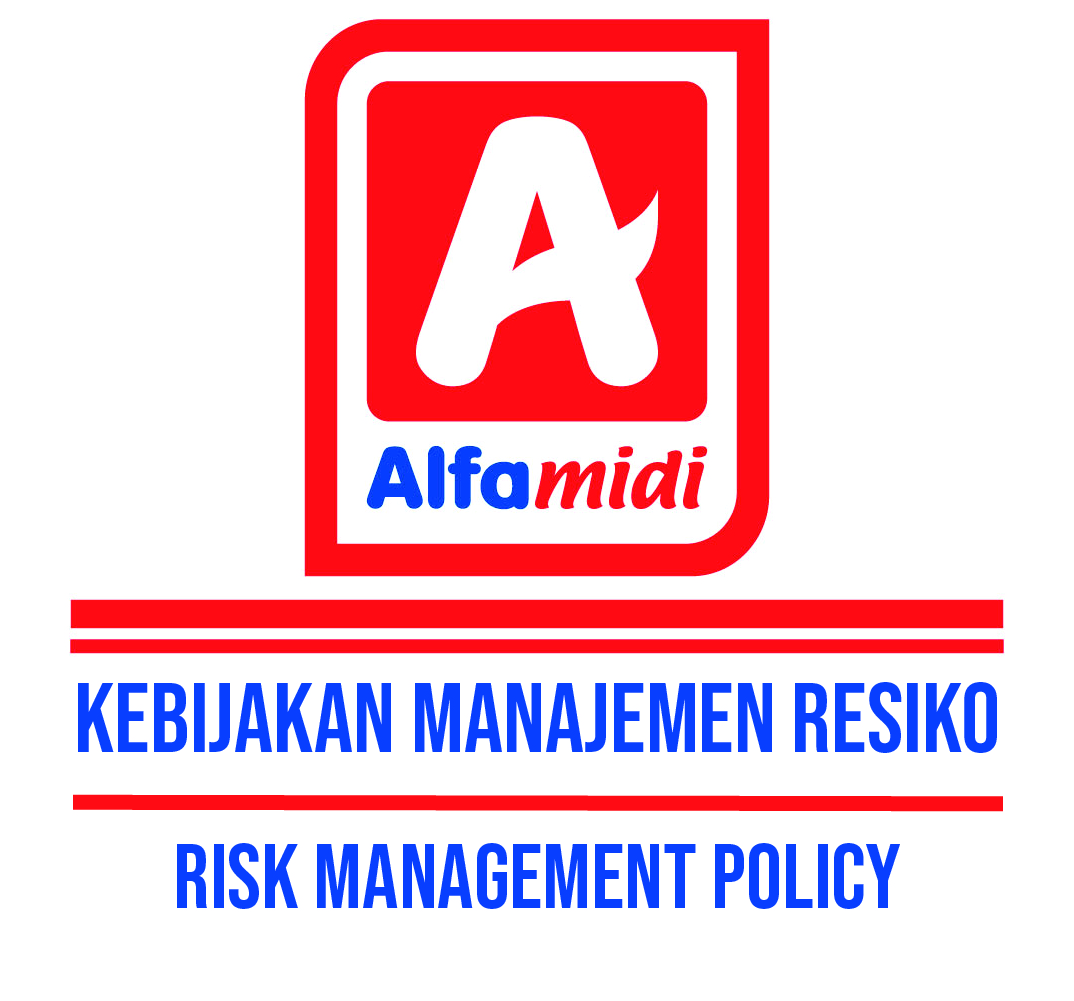
RISK MANAGEMENT POLICY
The risk management function is the responsibility of all levels of management and work units in each business function, with the task of identifying risks and managing risks according to the authority inherent in each.
The Company reviews and approves the risk management policy as summarized below:
Market Risk
Market risk is the risk that the fair value of future cash flows of a financial instrument will fluctuate due to changes in market prices. Market prices contain two types of risks: interest rate risk and foreign exchange risk. Financial instruments affected by market risk include cash and cash equivalents, short-term bank loans, other debts and long-term bank loans.
Interest Rate Risk
Interest rate risk is the risk that the fair value of future cash flows will fluctuate due to changes in market interest rates. The Company is affected by the risk of changes in market interest rates, especially related to short-term bank loans and long-term bank loans with floating interest rates owned by the Company. The Company manages this risk by borrowing from banks that can provide lower interest rates than other banks.
Foreign Currency Risk
Foreign currency risk is the risk that the fair value of future cash flows will fluctuate due to changes in foreign exchange rates. The Company does not have significant foreign currency risk because most of its transactions are conducted in Rupiah, except for cash placements in several banks. The risk exposure related to exchange rates is relatively insignificant because the Company's main activities are conducted in Rupiah.
Credit Risk
Credit risk is the risk that a counterparty will not fulfill its obligations under a financial instrument or customer contract, resulting in a financial loss. The Company is only exposed to credit risk from operating activities related to sales. Customer credit risk is managed in accordance with the Company's policies, procedures and established controls relating to customer credit risk management. Customer receivables positions are monitored regularly.
Liquidity Risk
Liquidity risk is the risk that occurs if the cash flow position shows that short-term income is not sufficient to cover short-term expenses. Prudent liquidity risk management means maintaining adequate cash and cash equivalents to support business activities in a timely manner. The Company maintains a balance between the continuity of capital funding and managing maturing loans by managing cash and funding availability through a number of sufficient credit facilities. The Company regularly evaluates cash flow projections and continuously assesses financial market conditions including bank debt and capital market issues.
Business Competition Risk
Increasingly tight business competition from existing local players and new players by partnering with international retail chains can affect the Company's revenue.
The Company's merchandising and operations teams routinely evaluate/check prices and merchandise units (SKU) and strive to provide a variety of merchandise at competitive prices and superior service according to the targeted consumer segment. The Company seeks to increase other operating income by increasing network-based value added services income and actively marketing the Company's franchises. The Company also seeks to innovate by expanding the sales area. These steps are expected to anticipate risks related to business competition.
Risk of Failure/Delay in Warehouse/Outlet Network Development
Failure/delay in warehouse/outlet network development due to failure to obtain business permits and building permits, failure to obtain suitable locations, delays in building construction resulting in delays in opening outlets or operating warehouses, unavailability of sufficient funds and competent employees, all of which can affect the Company's revenue.
The Company's risk mitigation measures include conducting thorough planning and preparation, preparing adequate and competent teams at each branch that conduct daily surveys and location searches and approaching property owners. To reduce the risk of failure to obtain a business permit, the Company seeks to find a location that is appropriate for its intended use and meets the requirements requested in accordance with applicable laws and regulations.
Non-Extension of Lease Period and/or Significant Changes in Lease Terms and Conditions Non-extension of lease period by property owners and/or significant changes in lease terms and conditions can affect the Company's revenue. Mitigation measures